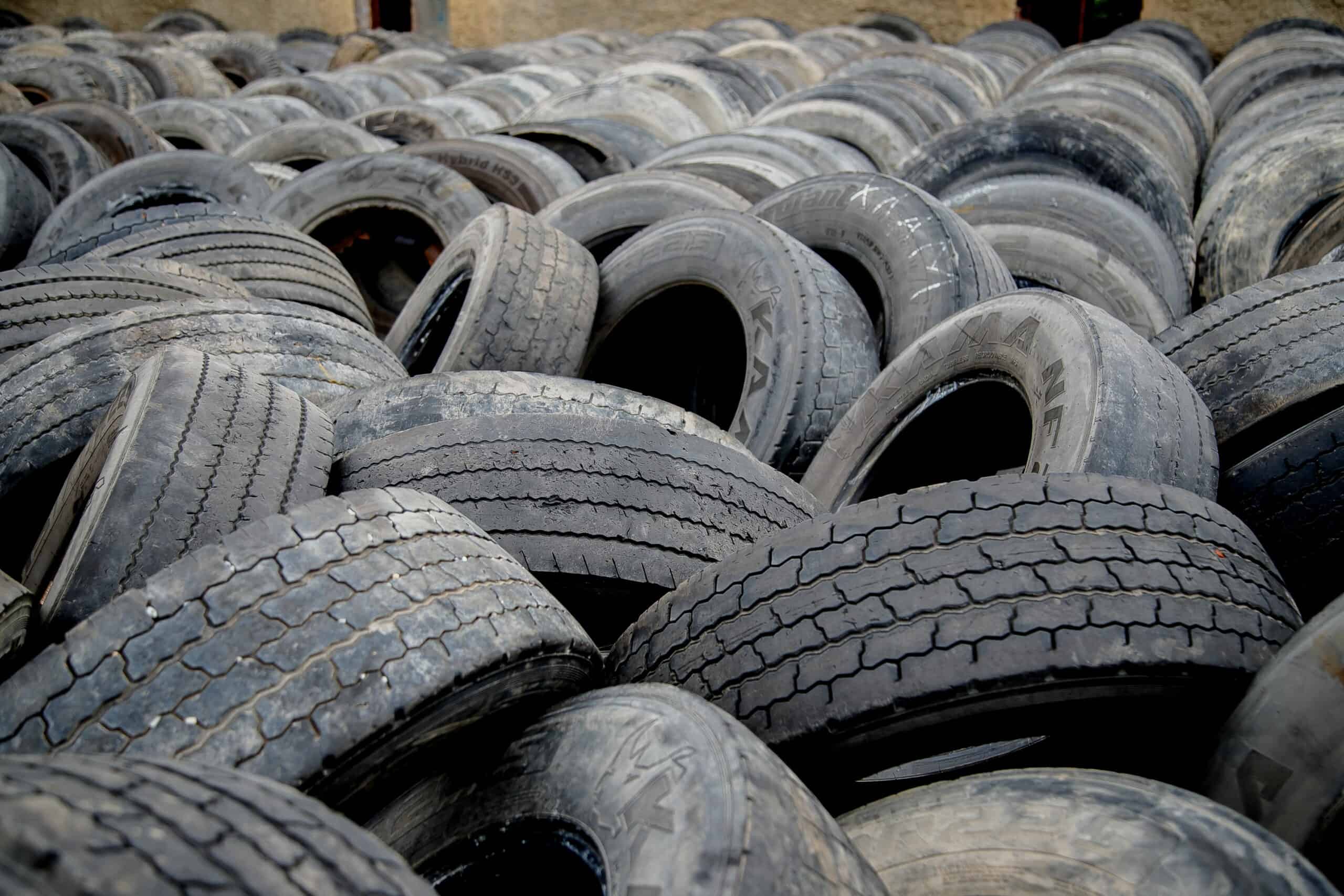
Car tires are made of a combination of rubber, plastic polymers, and various other materials. When tires come into contact with the road, tiny particles of these materials tend to detach. These can be carried away by water and end up in soils and waterways, while some find their way into the air. The potential long-term impact of these tire particles on humans and organisms is unknown, but it can’t be good.
But in the future, there could be a way to make tires without polymers or just minimum amounts. In the process, the amount of microplastic pollution could be significantly cut down.
Duke University chemistry professor Stephen Craig and his team found a method to enhance the toughness of rubbery materials by an order of magnitude without compromising their other performance aspects. They investigated the molecular reactions happening in a group of flexible polymer materials called elastomers.
These are found in various everyday items such as rubber tires, the nitrile used in medical gloves, or the silicone present in soft contact lenses. What makes them truly remarkable is their ability to withstand repeated stretching and compression before returning to their original shape. But they are not indestructible. Enough strain and they start to crack.
Most approaches to enhancing the durability of elastomers typically involve a trade-off, such as sacrificing elasticity for increased toughness. But a compromise may not always be necessary, according to the researcher’s new study. The key lies in the incorporation of weak bonds within the material, which paradoxically contributes to its enhanced strength.
Preventing microplastic pollution
Elastomers look like a tangled mass of loosely coiled strings or strands. These are long polymer molecules, referred to as chains, which are held together by covalent bonds known as cross-links. The presence of cross-links is crucial for maintaining the shape of such materials. When force is applied, the chains elongate. When released from the force, they revert back.
In their study, the team introduced weak cross-links between some of the polymer chains that are designed to break under strain. They created two identical elastomers made of polyacrylate, a polymer used in the production of hoses. Then in one of them, they replaced the cross-links with ones that were five times weaker due to an added molecule that breaks apart under strain.
Craig said in a statement that one would expect with their experiments “linkers that break more easily to result in materials that are easier to tear.” However, contrary to their initial expectation, the researchers discovered the opposite outcome.
“Interestingly, the overall network actually became significantly stronger instead of weaker,” Craig added.
During mechanical tests, the researchers subjected thin sheets of each material to a machine that gauges the force required to tear a sample. Despite having comparable stiffness and elasticity, the material built using weaker cross-linkers proved to be nine times more difficult to tear compared to the material cross-linked with stronger bonds.
Tires release about six million metric tons of dust and debris annually on a global scale, previous studies showed. This release of particles accounts for up to 10% of the microplastics found in our oceans and contributes to approximately 3-7% of the particulate matter present in the air we breathe. “That’s just from tire tread wearing down on roads,” Craig said in a statement.
The researchers acknowledged that there’s still a long way to go to use their findings to design stronger synthetic rubber like the one found in tires. However, they have already filed a patent on their approach and hope to continue their work. “I’m really excited to see how these kinds of ideas might translate to that problem,” Craig said in a statement.
The study was published in the journal Science.


